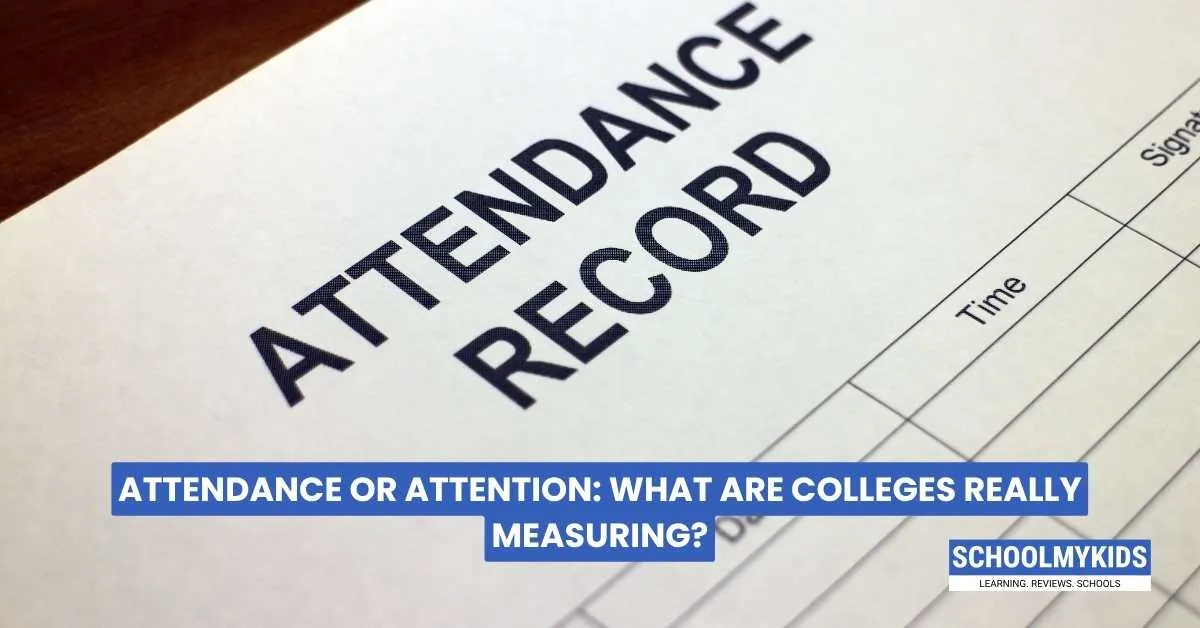Introduction
In classrooms across the world, attendance is one of the most commonly tracked metrics. Whether it’s through biometric systems, roll calls, or online logins, colleges often emphasize “being present” as a sign of student commitment. But this raises an important question: Are institutions focusing too much on physical presence while overlooking the real measure of learning — attention?
This article explores the distinction between attendance and attention, examines what colleges are actually measuring, and discusses how this impacts student engagement, learning outcomes, and education policy.
The Traditional Focus on Attendance
For decades, educational systems have relied on attendance as a proxy for student engagement. The logic seems straightforward — if students are present, they’re likely learning. However, this assumption is increasingly being challenged for several reasons:
- Compulsory attendance doesn’t guarantee attention or understanding.
- Students can be physically present but mentally absent, especially with the rise of digital distractions.
- Policies that penalize low attendance can lead to resentment, rather than genuine engagement.
Moreover, in some cases, students attend classes merely to avoid administrative penalties rather than to learn or contribute meaningfully.
What Does Attention Really Mean?
Attention in the academic sense refers to a student's cognitive engagement with the material being taught. Unlike attendance, attention cannot be tracked through ID cards or seating charts. It involves:
- Active listening
- Participation in discussions
- Note-taking and critical thinking
- Asking questions and seeking feedback
In essence, attention reflects intentional learning, which is the cornerstone of effective education.
Why the Distinction Matters
The difference between attendance and attention is not merely academic — it has real-world implications for:
1. Learning Outcomes
Students who attend without engaging often perform poorly despite high attendance rates. Conversely, highly attentive students may outperform others even if they miss occasional classes.
2. Assessment Design
Current assessment systems rarely measure attention. Exams and assignments may not accurately reflect whether students were cognitively engaged throughout the semester.
3. Mental Health and Autonomy
Strict attendance policies can negatively affect students’ mental health. Encouraging attention over attendance promotes responsibility, autonomy, and self-motivation — essential skills for adult life.
Are Colleges Measuring the Right Things?
While attendance is easy to measure, attention is not — and that may explain why institutions lean toward the former. Yet, by doing so, colleges may be:
- Encouraging surface learning (rote memorization for grades) rather than deep learning (critical understanding).
- Prioritizing control and compliance over engagement and curiosity.
- Ignoring diverse learning styles, such as students who thrive through self-study or asynchronous learning.
Rethinking Policies: What Can Be Done?
To realign education with true learning goals, colleges must consider alternative or supplementary strategies:
1. Interactive Teaching Methods
Shift from lecture-based to student-centered approaches — such as flipped classrooms, problem-based learning, and discussions.
2. Use of Technology to Track Engagement
Learning management systems (LMS) can track participation in online forums, quizzes, and assignment submissions — offering better insight into attention.
3. Flexibility in Attendance Requirements
Instead of penalizing absences, incentivize participation and academic performance. Allow students more autonomy while holding them accountable for outcomes.
4. Encourage Self-Assessment and Reflection
Students should be guided to reflect on their learning processes and attention levels — building metacognitive awareness.
Conclusion
While attendance is a visible and easily quantifiable metric, attention is the true measure of student engagement and learning. As education evolves to meet the demands of the modern world, colleges must critically assess what they are measuring — and why.
Focusing more on cultivating attention rather than merely tracking attendance can lead to more meaningful, equitable, and effective education systems. It's time we start measuring what really matters.









Be the first one to comment on this story.